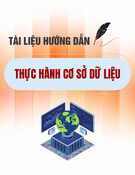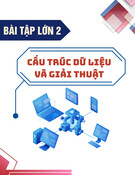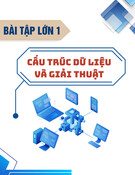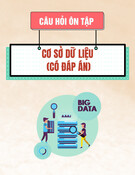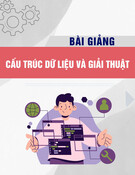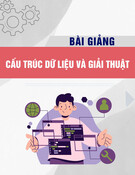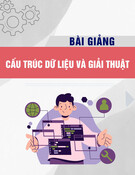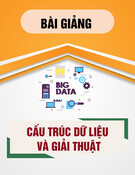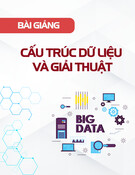
Journal of Computer Science and Cybernetics, V.38, N.2 (2022), 193–212
DOI no 10.15625/1813-9663/38/2/16786
A METHOD OF SEMANTIC-BASED IMAGE RETRIEVAL USING
GRAPH CUT
NGUYEN MINH HAI1, VAN THE THANH1, TRAN VAN LANG2,∗
1HCMC University of Education, Ho Chi Minh City, Viet Nam
2HCMC University of Foreign Languages - Information Technology, Ho Chi Minh City,
Vietnam
Abstract. Semantic extraction from images is a topical problem and is applied in many different
semantic retrieval systems. In this paper, a method of image semantic retrieval is proposed based on
a set of images similar to the input image. Since then, the semantics of the image are queried on the
ontology by the visual word vector. The objects in each image are classified and features extracted
based on Mask R-CNN, then stored on a graph cut to extract semantics from the image. For each
image query, a similar set of images is retrieved on the graph cut and then a set of the visual words is
extracted based on the classes obtained from Mask R-CNN, as the basis for querying semantics of an
input image on ontology by SPARQL query. On the basis of the proposed method, an experiment was
built and evaluated on the image datasets MIRFLICKR-25K and MS COCO. Experimental results
are compared with recently published works on the same data set to demonstrate the effectiveness of
the proposed method. According to the experimental results, the semantic image retrieval method
in the paper has improved the accuracy to 0.897 for MIRFLICKR-25K, 0.873 for MS COCO.
Keywords. Image retrieval; Ontology; Clustering, data mining.
1. INTRODUCTION
With the development of the Internet and the proliferation of imaging devices such as
digital cameras and photo scanners, the size of digital photo datasets is increasing rapidly.
This storage and retrieval of images in response to user semantic expectations from big data
has attracted widespread interest from scientists and in industrial fields. Therefore, the
semantic query approach is an urgent need for various image retrieval applications.
The semantic-based image retrieval (SBIR) problem is posed as follows: For an input
image dataset, with each received query image, a similar set of images should be given, the
objects in the image and the annotations of these objects.
Semantic Image Query (SIQ) focuses on studying techniques to reduce the “semantic
distance” between low-level features and high-level semantics of images [4]. Low-level image
features can be extracted to identify objects of interest in the image, then these objects are
semantically extracted with semantic descriptions stored in the database [14]. The image
*Corresponding author.
E-mail addresses:hainm@hcmue.edu.vn (N.M.Hai); thanhvt@hcmue.edu.vn (V.T.Thanh);
langtv@huflit.edu.vn (T.V.Lang).
➞
2022 Vietnam Academy of Science & Technology






